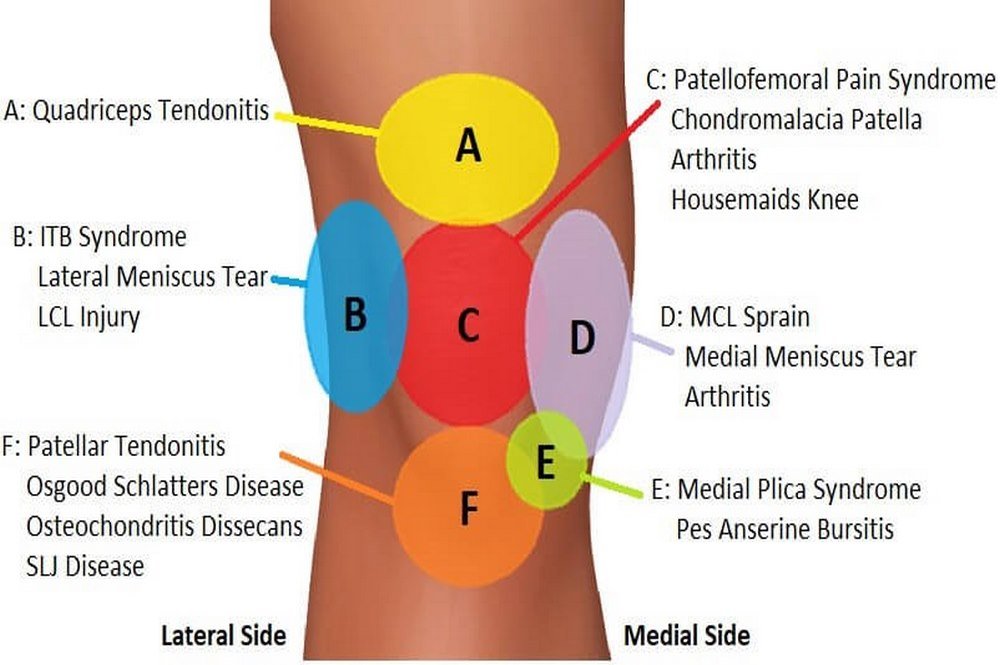Standing up, walking, and climbing stairs are all possible because of the knees. Knee injuries and degeneration can result from frequent use. Locked knees are when a person can’t bend or straighten their knee.. In the absence of treatment, the condition may contribute to flexion deformity of the knee if left untreated. As a result, it can create an increased focal point of stress over the knee joint, which may cause cartilage damage as well as osteoarthritis.
Types Of Locked Knee
There are two types of locked knees: pseudo locked knees and truelocked knees. Learn about the causes, symptoms, and treatments of these conditions. The leg of a person with a locked knee cannot bend or straighten
An individual’s knee may be locked for a short period of time, or it may last for several minutes. Depending on the cause, it will vary. Locked knees generally fall into two categories:
-
True Locked Knee
Knee locking occurs when your knee becomes physically stuck and you are unable to move it for an extended period of time. When a knee becomes locked, there is a mechanical block inside the joint that prevents movement through the joint. The occurrence of a truly locked knee is relatively uncommon, and usually occurs when the knee reaches full extension, i.e. straightening.
-
Pseudo Locked Knee
True knee locking is less common than pseudo knee locking. The body protects itself from pain by temporarily spasming muscles to limit knee movement. The next step will be to discuss the most effective methods of treating locked knees, including how to unlock a locked knee.
Possible Causes Of Locked Knee
Knee locking may occur as a result of pain or a physical condition that restricts movement. Orthopedists or other healthcare professionals may refer to your inability to bend or straighten your knee as a pseudo-locked knee or a true locked knee. Pseudo-locked knees and true locked knees An actual locked knee occurs when a knee cannot bend or straighten because of a mechanical problem within the joint. In cases of pseudo-locked knees due to dislocations and bursitis, movement of the knee is impossible.
-
Meniscus Tear
The cause of true locked knees is often a tear of the “bucket handle” meniscus.
The meniscus (a large fragment of torn cartilage) may become wedged inside the knee joint, preventing normal movement.
-
Anterior Cruciate Ligament (ACL) Tear
An anterior cruciate ligament (ACL) tear may prevent you from straightening your knee. As a result, you are unable to perform these activities due to the pain. The severity of knee pain is essential for diagnosing and treating a Grade 3 ACL tear. Other treatment options may also be available to the patient.
-
Knee Fracture
An injury to a knee caused by dislocation or fracture occurs when the joint is pushed out of its normal position. Injuries of this nature require immediate medical attention. The most common cause of knee fractures is direct blows to the knees or falls. Bruising, swelling, and pain may occur as a result of an injury to the knee. It is not uncommon for the knee to have a visible deformity that makes it impossible to straighten it. An inflamed bursa, a fluid-filled cushion that cushions a knee joint, is caused by severe bursitis. Activities requiring kneeling, such as gardening, may result in prepatellar bursitis. This results in swelling and pain at the top of the knee cap. Besides falls and sports injuries, there are other factors that may damage it.
-
Tendonitis
A severe case of tendonitis occurs when the connective tissue between the muscle and bone in the knee becomes inflamed.Tendonitis can result in difficulty bending the knees when people jump during sports such as basketball or running.
-
Arthritis
Knee mobility can be affected by a variety of types of arthritis, including gout and rheumatoid arthritis (RA). RA is an autoimmune disease in which the immune system attacks the tissues. Gout usually affects the big toe, but it can also affect other parts of the body, such as the knee. There are several factors that contribute to the development of gout, a condition in which uric acid accumulates in the body.’
Diagnosis of Locked Knee
- An imaging scan of the knee may reveal the underlying cause of a locked knee. During an examination, a doctor will ask about symptoms such as pain and swelling.
- In order to detect signs of bruising, inflammation, and tenderness, the doctor will perform a physical examination of the knee. A doctor may push or pull on the knee joint during the examination to evaluate its condition. It may be necessary to ask the individual to walk across the room in order to assess his or her mobility.
- The doctor may recommend diagnostic imaging in order to examine the knee in more detail. Tests of this type include: Magnetic resonance imaging (MRI) is a technique that uses radio waves to produce images.
- Scanning with a computerized tomography (CT) machine.
- A radiograph Infrared imaging
Doctors can also perform other tests to determine whether inflammation or infection is present.
- Blood tests as well as arthrocentesis are available. A knee joint fluid sample is taken during this procedure.

